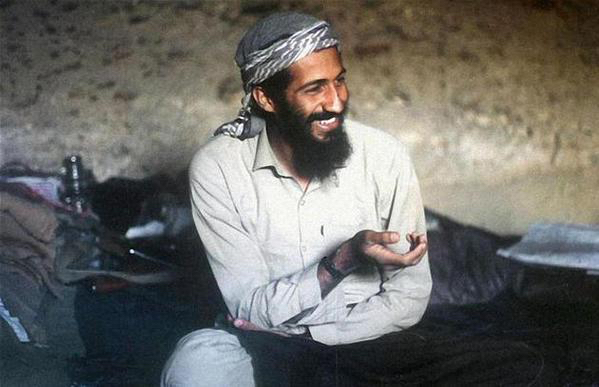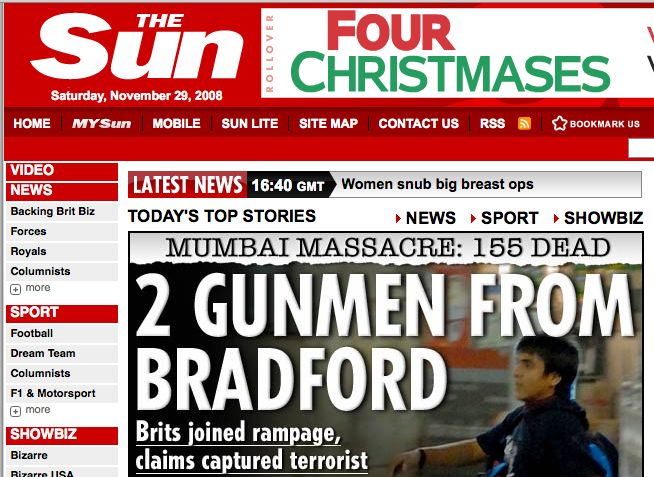Nafeez Ahmed has written a piece for The Guardian’s Earth Insight that is getting a lot of attention. It is no wonder, since he reports on a paper called “A Minimal Model for Human and Nature Interaction” which uses mathematical models to argue that industrial civilization will not continue in its current form. It isn’t actually as bad as it sounds. However, there are still plenty of viral-baiting headlines and stories that are deadset on being doom-and-gloom. This type of thing is inevitable with websites like Buzzfeed and Upworthy. They rely on cheap gimmicks to get clicks and draw in readers.
We all know that it’s bad journalism. These websites are not that different from The Sun. It isn’t just annoying to come across low-quality writing like this, though. Reporting the NASA Goddard Space Flight Center‘s study in this manner is shockingly irresponsible.
Many of these websites add to an overall engine of hopelessness that has infested media outlets, especially in regards to climate change. Audiences are surrounded by so many headlines like “the world is going to end” that they start tuning it out, and in the process, start devaluing their ability to be hopeful.
Once that happens, they start subconsciously demanding information that satisfies the assumption of humanity’s impending extinction, which the news starts to provide as a form of market demand. That means that they even start to spin research studies like this one as more hopeless than is actually the case. It’s a rather bleak cycle that depends on dishonest journalism.
Having thumbed through the study, I am confused to see so many websites are reporting on it with statements like Gizmodo‘s gem of a title, “NASA-Backed Study Says Humanity is Pretty Much Screwed.”
Let me be clear: the study never says that the humanity is screwed. It says that our current model of basing society on the globalized marketplace cannot sustain itself beyond the next few decades.
The “Type-L collapse” of worker and resource depletion it describes is brought on by factors that are as anthropogenic as climate change itself: wealth inequality, and unsustainable consumption. When the paper discusses the collapse of civilization, it means the one that enshrines these aspects at its core.
That is not the extermination of humanity. It is the end of our current way of doing things. Even if we are scared of what type of civilization is going to succeed this one, nature is not going to allow us much choice on the matter. The civilization that rises from this century’s impending crises is going to have to look very different if humanity is to survive. However, the idea that humanity is still going to exist in very different models is the crucial detail that keeps getting overlooked in this self-flaggelating coverage.
Readers are not being told that their coming miseries have a silver-lining: the uncertain beginning of something very different. In fact, many of these articles don’t even include the .PDF of the original study so readers can decide for themselves if they want to be scared. Consumers are just dictated an innaccurate picture that makes them suffer needlessly.
It is unacceptable. Journalism is supposed to inform an educated populace, and empower it. It is not supposed to betray that mission by terrifying readers and making the next world more difficult to conceptualize positively.
Here, I have to bring up the Mayan calendar conspiracy theories that we all heard about in 2012. Back then, the argument was that the world would end because the Mayan calendar was going to end. Calendars don’t just “end.” You just start a new calendar. The same goes for different forms of civilization. Western civilization is probably going to collapse, just like the Roman and Mayan Empires disintegrated. The result was that they ultimately led to a brand new world.
Photograph courtesy of James Vaughan. Published under a Creative Commons License.





